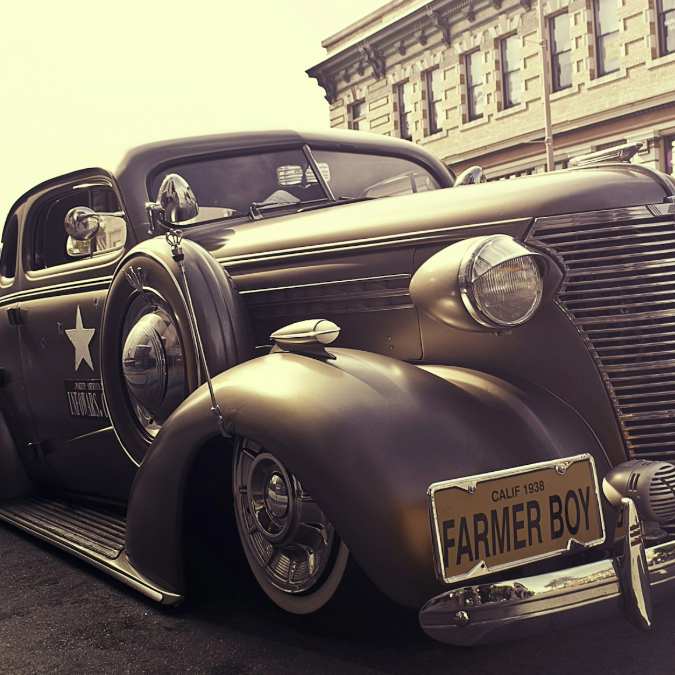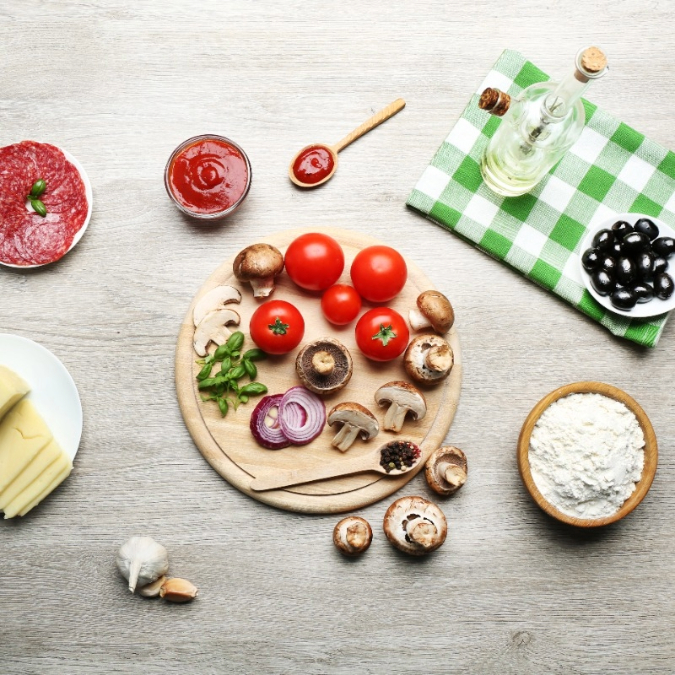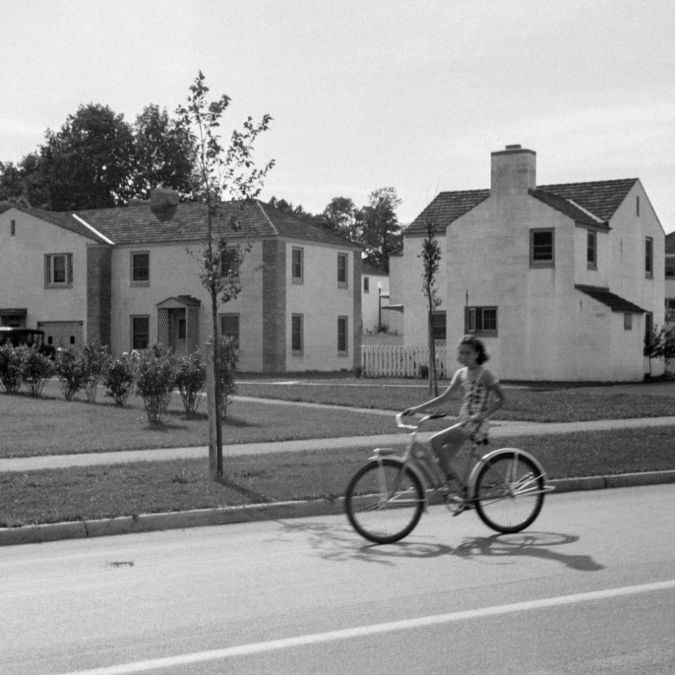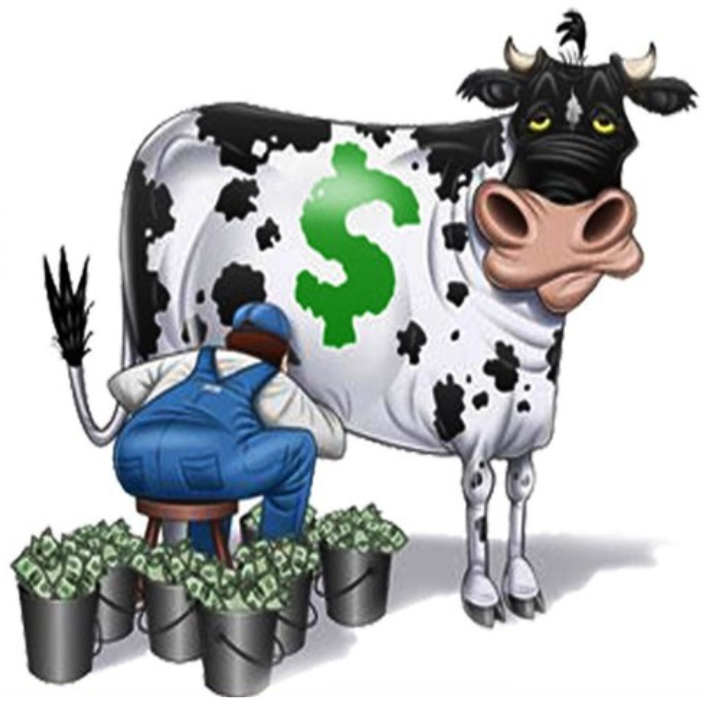The cost of living in 1935 was hard for Americans to afford. The country was still in the grips of the Great Depression, the worst economic downturn an industrialized nation had ever experienced. The depression didn’t end for several more years until around 1941. The economic activity spurred by war helped lift the nation out of the deep recession it was stuck in.
Let’s take a closer look at the cost of living in 1935 to understand what everyday life was like for American families during this tough time.
The Cost of Living in 1935
In 1935, the unemployment rate was still a staggering 20%. After a period of deflation due to low money supply and demand for consumer goods, prices were starting to rebound. The inflation rate that year was around 3%, which likely made it harder for unemployed Americans to afford necessities as they struggled to find work.
In 1936, roughly half of Americans earned less than $1070 per year, which made it tough to get by. Below are some of the average expenses American families had to try and fit into their meager budgets.
Cost of Food
The cost of living in 1935 was reflected in ads from the time. One advertisement featured a housewife who prided herself on only spending $1 per day to feed her entire family. Families were on strict budgets due to loss of savings, unemployment, and wage cuts, which were sadly common.
Below are some of the average prices that families pay when shopping for groceries.
Item | ||
| Sliced Bacon | $0.39/lb | $6.56/lb |
| Round Steak | $0.35/lb | $7.88/lb |
| Butter | $0.40 | $4.48 |
| Half Gallon of Milk | $0.24 | $1.95 |
| Dozen Eggs | $0.33 | $2.52 |
| Box of Cereal | $0.24 | $5.39 |
| Chocolate Bar | $0.16 | $1.12 |
| Loaf of Bread | $0.08 | $2.00 |
| Box of Crackers | $0.18 | $3.79 |
| Can of Corn | $0.13 | $1.39 |
| Lettuce | $0.09/lb | $2.56/lb |
| Can of Coffee | $0.25 | $6.09 |
| Chuck Roast | $0.23/lb | $7.06/lb |
| Sirloin Steak | $0.39/lb | $14.07/lb |
Cost of Major Purchases
Many families had their savings wiped out due to the bank failures that occurred at the beginning of the decade. Without their nest egg, it was more difficult for them to make major purchases like buying a home or car.
However, not everyone suffered financially during the Great Depression. A select few were able to accumulate their fortunes during the Great Depression in certain industries such as aviation, groceries, and insurance. For those professionals, the cost of these major purchases was within reach.
Item | |
| Monthly Rent | $27 |
| New Car | $1863 |
| New House | $5,287 |
| Gas | $0.10 per gallon |
| UPenn College Tuition | $400 per year |
Cost of Having Fun
Much of the nation was struggling with financial insecurity during the Great Depression. However, the wealthy class enjoyed access to a new source of entertainment: flying. The aviation industry was starting to take off during this time, giving wealthy Americans the ability to travel to exciting new destinations using a much faster mode of transport.
Average Americans spent their leisure time close to home. To stick to their tight budgets, they listened to shows on radios they already owned, played board games, enjoyed backyard games and mini golf, and occasionally headed to the cinema. Dance marathons also gained popularity during the 1930s.
They were contests that challenged participants to dance for as long as they could to potentially win prize money and bragging rights. However, these competitions sometimes went on too long and could lead to illness or injury among participants, so they eventually fell out of favor.
Item | 1930s |
| Coast-to-Coast Roundtrip Flight | $260 |
| Women’s Heels/Dancing Shoes | $2.49 |
| Round of Mini Golf | $0.25 |
| Admission to Dance Marathon | $0.25-$0.50 |
| Boy’s Toy Truck | $1.79 |
What do you think of the cost of living in 1935 and how it compares to today? Do you have any family stories from the Great Depression? Share your thoughts in the comments.
Read More
What Was The Cost of Living in 1930?
What Was The Cost of Living in 1978?
Vicky Monroe is a freelance personal finance and lifestyle writer. When she’s not busy writing about her favorite money saving hacks or tinkering with her budget spreadsheets, she likes to travel, garden, and cook healthy vegetarian meals.







